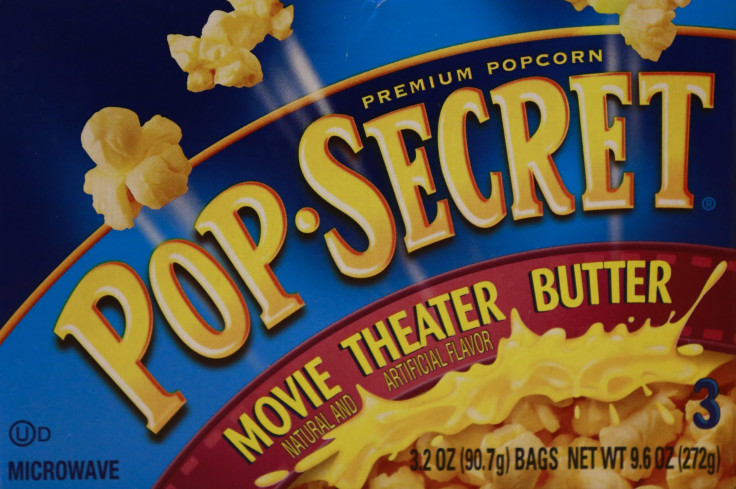FDA Bans Trans Fats: Popeye's Chicken, Frozen Pizza And All Your Favorite Foods Will Become Illegal Under New Rule

By the year 2018, Americans should never have to worry about trans fats in food again thanks to a ban announced Tuesday by Food and Drug Administration that gives food manufacturers three years to stop using partially hydrogenated oils, the primary source of trans fats in foods. So which foods are affected?
Not as many as you might think, it turns out, although the country has a way to go before trans fats are eliminated entirely from the food supply. The FDA has deemed these ingredients not “generally recognized as safe” when used in foods because they contribute to heart disease. The agency expects its new ruling to prevent thousands of heart attacks every year.
Deemed by doctors to be one of the worst things people could possibly put into their bodies, trans fats used to appear in many types of processed and fried foods, from chips to cookies. But food manufacturers have been cutting down significantly since 2006, according to the Center for Science in the Public Interest. Some began even earlier. In 2003, for instance, FritoLay removed partially hydrogenated oils, which produce trans fats, from ingredients used to make Cheetos, Tostitos, Doritos and other snacks, according to the company’s website. In 2006, New York City voted to ban trans fats in its restaurants.
Still, plenty of fried foods, baked goods, refrigerated or frozen doughs (including frozen pizza and pie crusts), and certain types of frosting still rely on partially hydrogenated oils, like margarine and shortening, to achieve the right level of flakiness or the ideal viscosity.
A single, one-tablespoon serving of Land O'Lakes Margarine, for instance, contains 3 grams of trans fats. Other offenders include Duncan Hines Whipped Chocolate Frosting and Pop-Secret Homestyle Popcorn. Fast-food restaurant Popeye’s lists multiple items on its menu with at least 1 gram of trans fat per serving. Cajun fries, onion rings, popcorn shrimp, butterfly shrimp, catfish fillet and chicken tenders are just a few of those offerings. If you like to bake pies but tend to avoid making your own pie crusts, Marie Callender’s Deep Dish Pie Shells have 2.5 grams of trans fat per serving -- that is, per 1/16 of a pie.
And just because a product's nutrition facts claim it has zero grams of trans fat per serving, doesn’t mean it actually does. Companies are allowed to round down if their products have less than 0.5 gram of trans fat. So bear in mind that “zero grams” actually means “anywhere from zero to half a gram.” How can you tell? Check the ingredients. If it contains any kind of partially hydrogenated oil, then the food contains at least some trans fat.
Turkey Hill’s Vanilla and Chocolate Swirl Ice Cream Cake is a perfect example of this loophole. Although its nutrition facts claim zero grams of trans fat per serving, “partially hydrogenated soybean oil” is embedded in the middle of its long list of ingredients.
But if all goes according to plan, by 2018, that will no longer be the case.
© Copyright IBTimes 2025. All rights reserved.






















